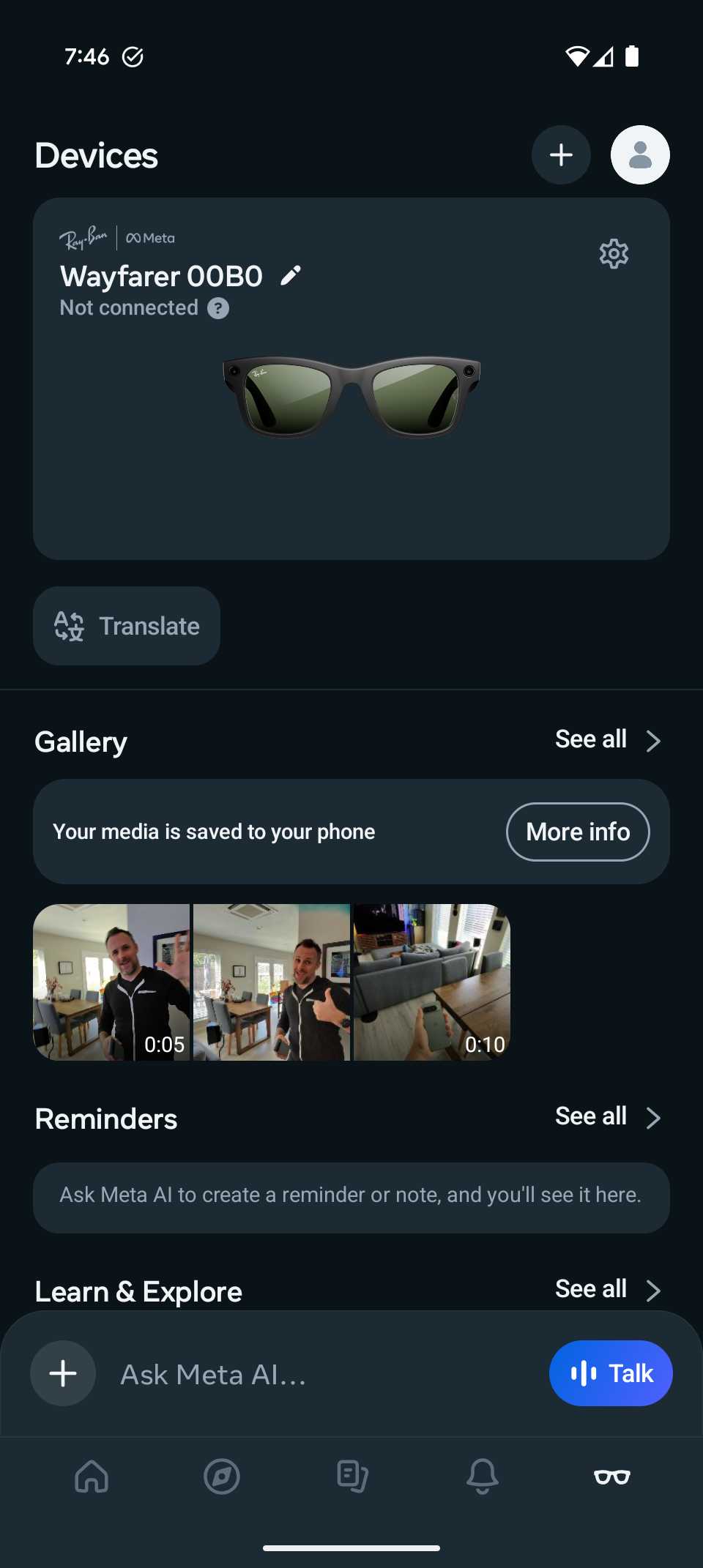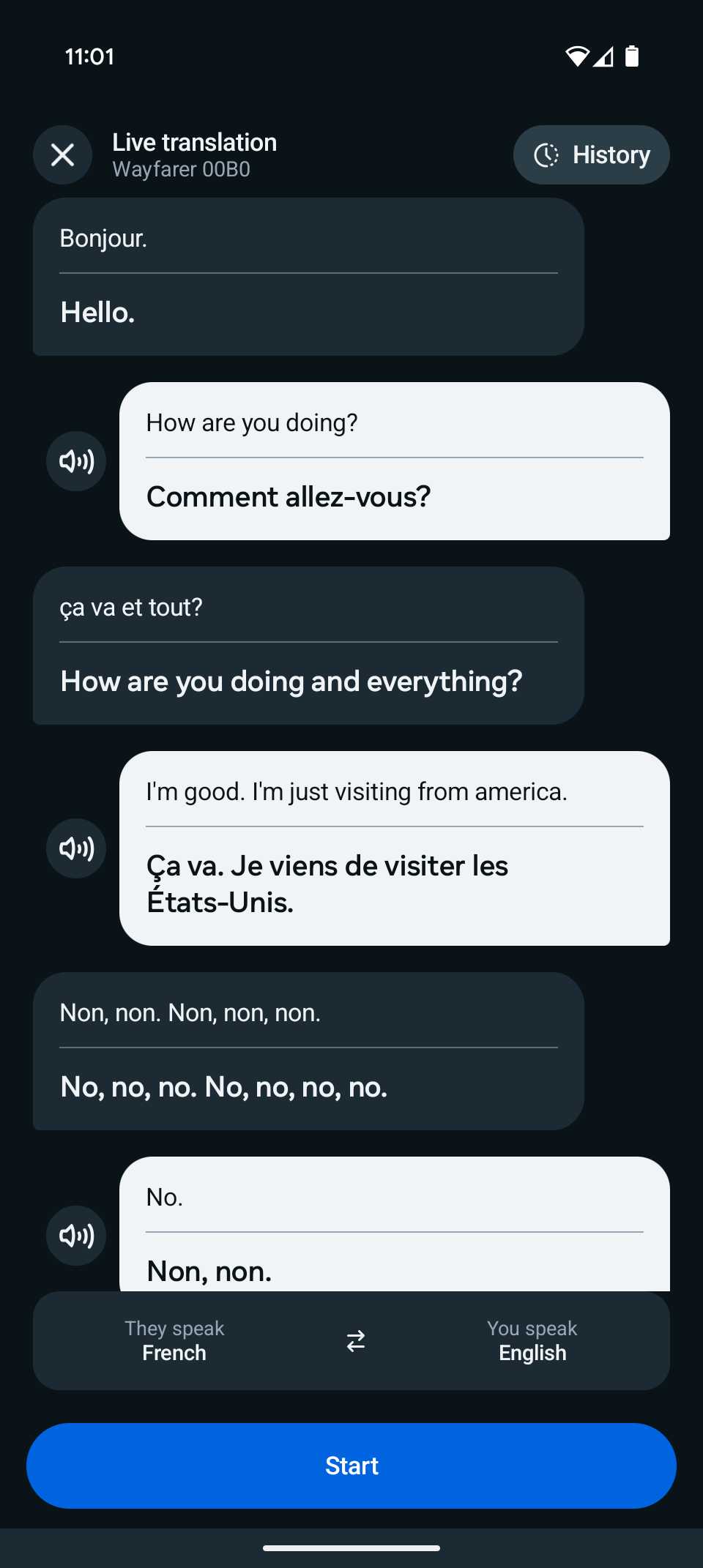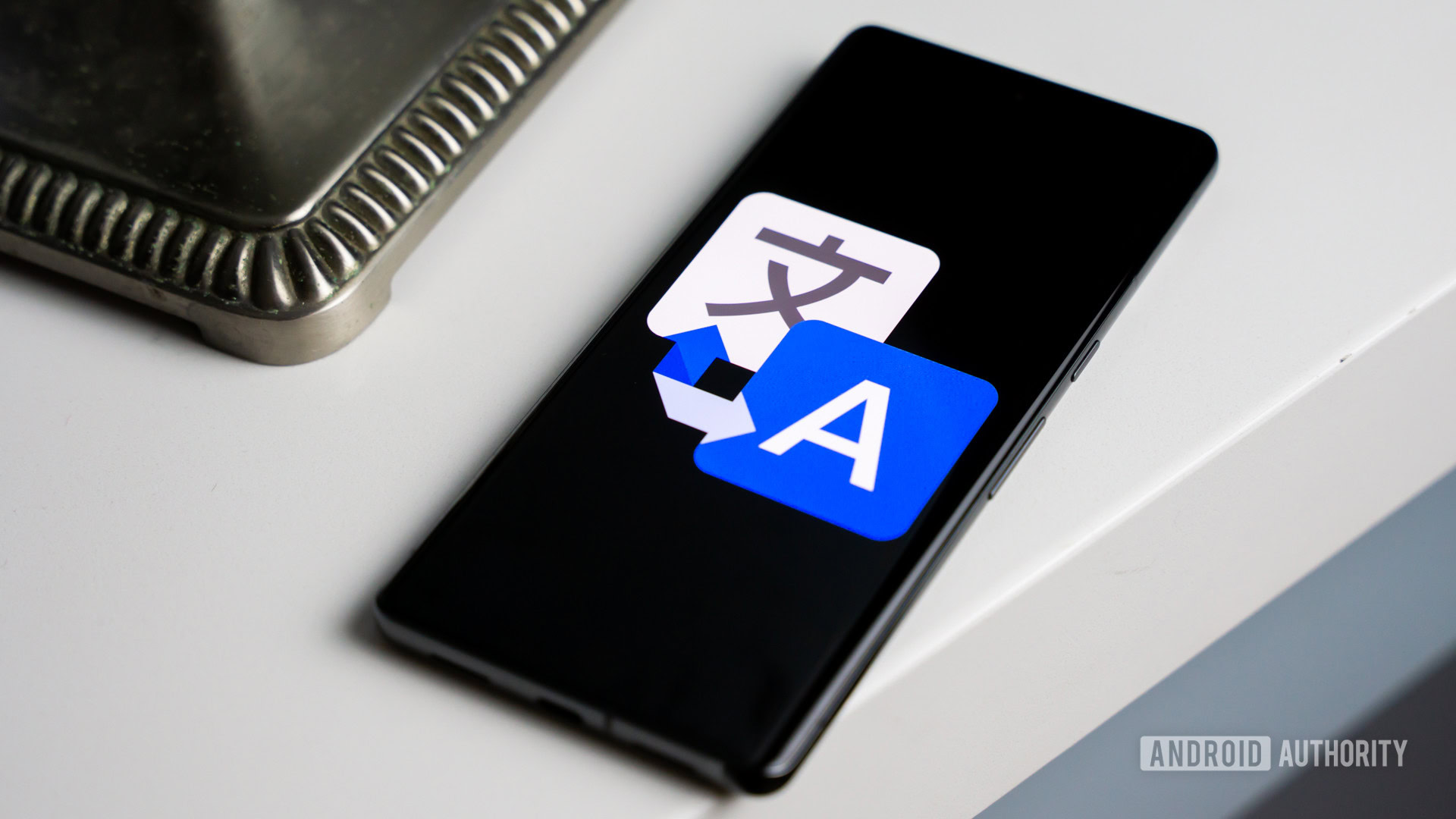
C. Scott Brown / Android Authority
At the end of April, Meta released an update for its incredibly popular Ray-Ban Meta-Smart glasses (329 dollars at Amazon). Although these are not running on the exciting new Android xr Platform, they have been a very successful entrance in the sprouting AR glass market. Thanks to this latest update, the glasses now have a new feature: Live translation.
As a frequent traveler I trust translation apps Much – especially Google Translate. Can Ray-Ban Metas be better than Google Translate for my conversations with people who don’t speak English? They certainly seemed as they could, considering the convenience of having the glasses in my face, giving a little intrusive translation management.
It is clear that you have already guessed the result of this experiment based on this article’s headline. However, continue to see how bad this went.
Which translation service do you prefer?
0 votes
Setting up live translation on Ray-Ban Meta glasses

C. Scott Brown / Android Authority
Once you have installed the latest update on your glasses, Meta AI app (Formerly known as Meta View) will notify you that Ray-Bans now supports live translation. Then you are guided through the installation process, whose first step is to tell Meta AI what language you speak (English, in my case).
It is easy to set up live translation on Ray-Ban Meta-smart glasses, but you currently have a very limited selection of languages.
The next step is to tell the app which languages (s) you want to translate. As of now, Meta offers only a minimal selection of non-English languages: French, Spanish and Italian. Hopefully this list will be expanded over time, but so far that’s all you get. For this experiment, I chose French as a translation language.
Once you have completed these steps, the app will download the selected language packages to your phone. This allows you to use the service even when you are away from cell data. The packages must be quite small, as the French download only took a few seconds on Wi-Fi.
That’s all it takes to be set up with live translation at the Ray-Ban meta classes. But how does it really work? Well, that’s where things went downhill quickly.
Using Ray-Bans Live translation is, well, not good

C. Scott Brown / Android Authority
It didn’t take long for things to go wrong after getting all this up. The instructions in the app explain that there are two ways to start a translation session. The first is to press the new Translate button on the device side, just below the image of your glasses. The second is to wear your glasses and say, “Hi Meta,” Wait for the tone, and say “Start live translation.”
I could not trigger a translation session using voice commands, and the translator does not seem to understand that human laughter is not a language.
No matter how many times I (and my partner) tried to trigger a translation session through a voice command, it never worked. The Meta AI voice will always respond with: “I can’t help with that kind of request.” So right from the start, we got a bad start.

C. Scott Brown / Android Authority
Fortunately, the use of the button in the app worked just fine to start a session. When I was inside, I got my partner to talk French while talking English with the glasses on. The partner’s French are a bit rusty, but the app started doing a good job of finding out what she was trying to say.
Essentially, I spoke English, and the Meta AI app immediately translated it into French. My partner could then see the French translation on my phone screen. When she answered in French orally, I could both see the English translation on my phone and hear the translation spoken to me by Meta Ai from Ray-Bans. This was quite fast also-not real-time quickly, but fast enough for a comfortable conversation.
Eventually, however, she said somewhat wildly inaccurate and laughed at her bad pronunciation. For some reason, her laughter sent the translator to a tizzy. Check out the screen below:

C. Scott Brown / Android Authority
This was not an ideal result. The translator’s understanding of our words worked ok, but a human conversation is not always just words. The fact that AI does not know what to do when someone starts to laugh, makes this a service I do not want to use in a legitimate conversation with a stranger while traveling.
Google Translate is still the undisputed king

Edgar Cervantes / Android Authority
I want to give metacreditis where credit is due to: the live translation aspect of Ray-Ban Meta Smart Glasses is, basic, ok. I couldn’t trigger it with a voice command, but triggered it with the button in the app worked OK, and translating from French to English happened quickly and accurately. However, getting out of control when someone starts to laugh is not ideal.
The limited language support is also not large. I go to Berlin every year for IFA, so not having access to German is an agreement for me.
Really, Ray-Ban Metas are just excess hardware. There is nothing these do as Google Translate on a phone is not doing better.
But really, the big problem here is that there is nothing about this that is better than Google Translate. That app has more reliable and accurate translations. It supports 249 languages as of today, which sets Meta’s pitiful three non-English language options to shame. It also supports broadcasting audio translations from the phone so that everyone can hear, or push the sound directly to earplugs, and replicate the news in the smart glasses that speak the translation for me.
If meta’s smart glasses had display features, things would be different. If I could communicate with someone while holding my phone in front of me and don’t have to turn it around to read it for myself, and instead see the translation in my glasses, it would be an interesting suggestion. But Ray-Ban Meta-smart glasses have no screen features, so it never happens. Really, all this system does is add an extra piece of hardware to a system that is already better by using Google Translate on a phone.
This whole experiment has made me excited about Samsung’s project Moohan And other Android XR-based systems coming this year. A pair of smart glasses with a screen that automatically translates signage and speaks translations to my ear would be pretty cool. But we need a brand new version of Ray-Ban Meta glasses before it happened in the meta-ecosystem. Until then, I will continue to trust that Google Translate for these situations.


